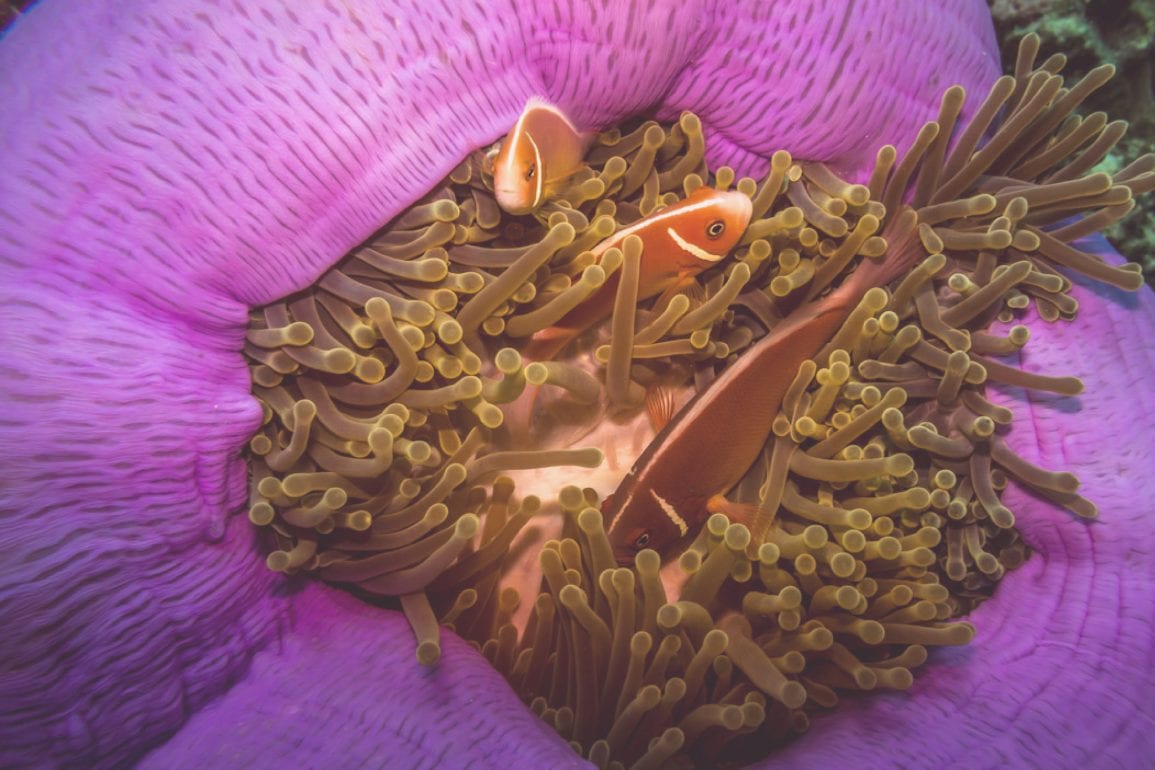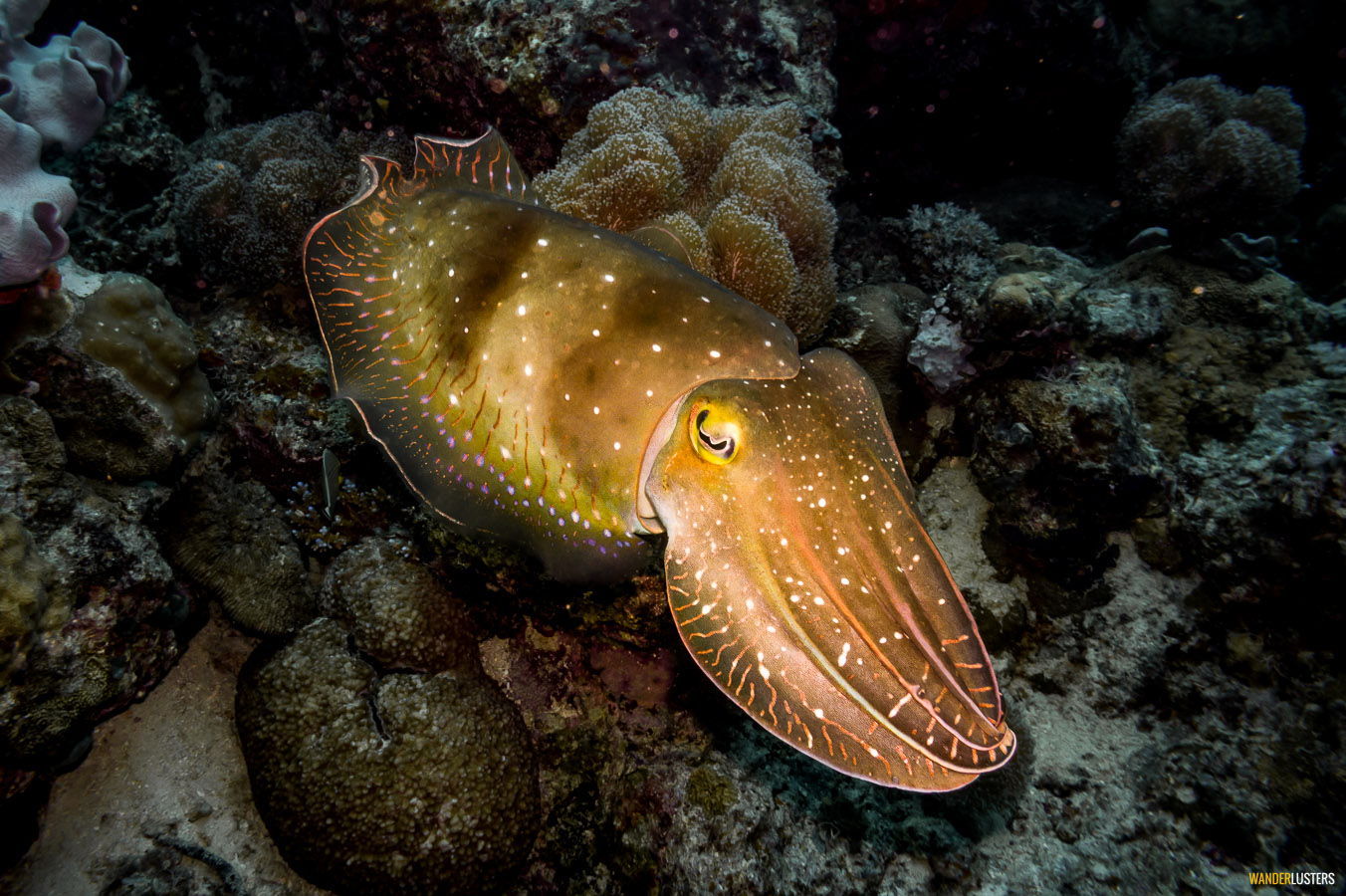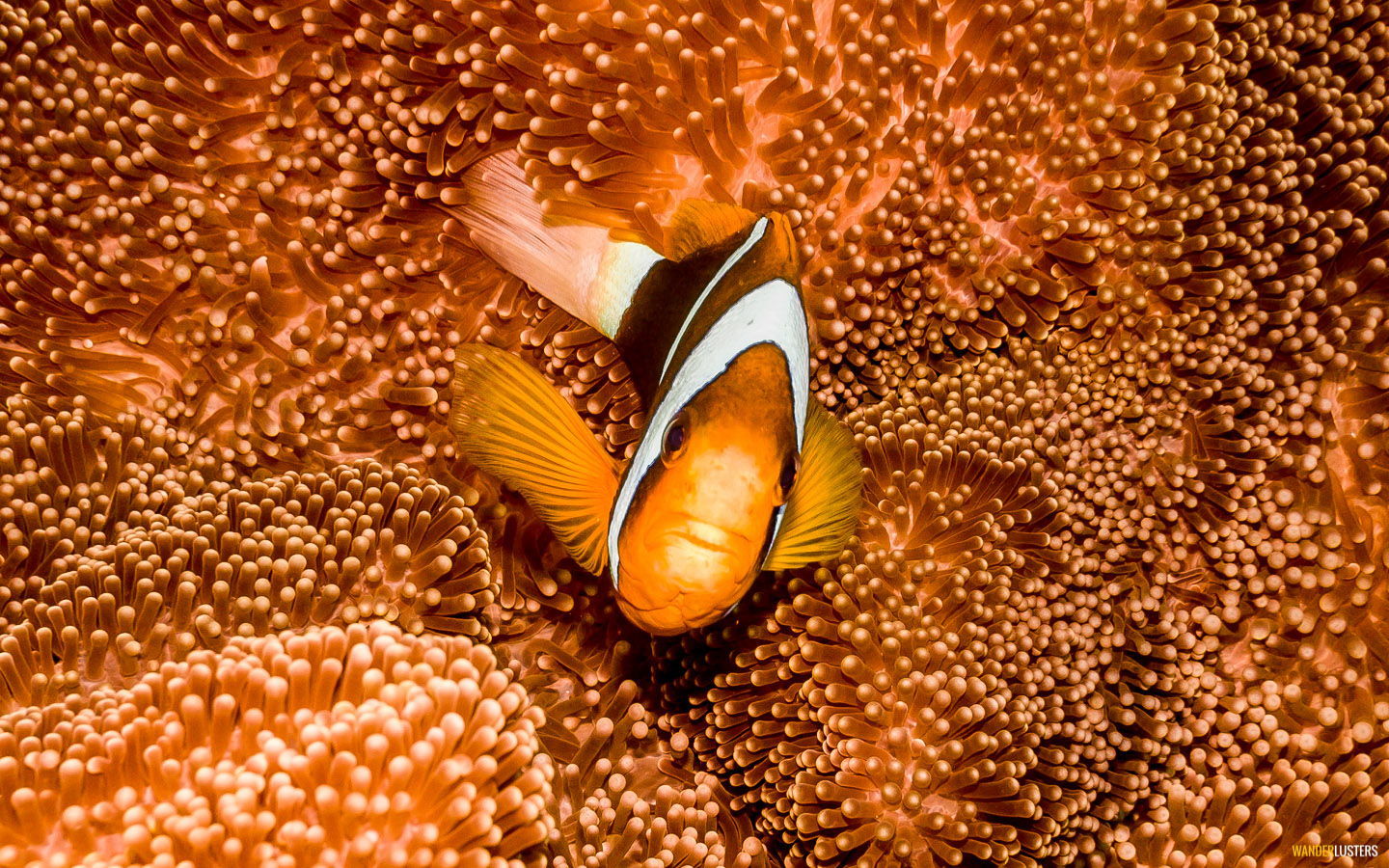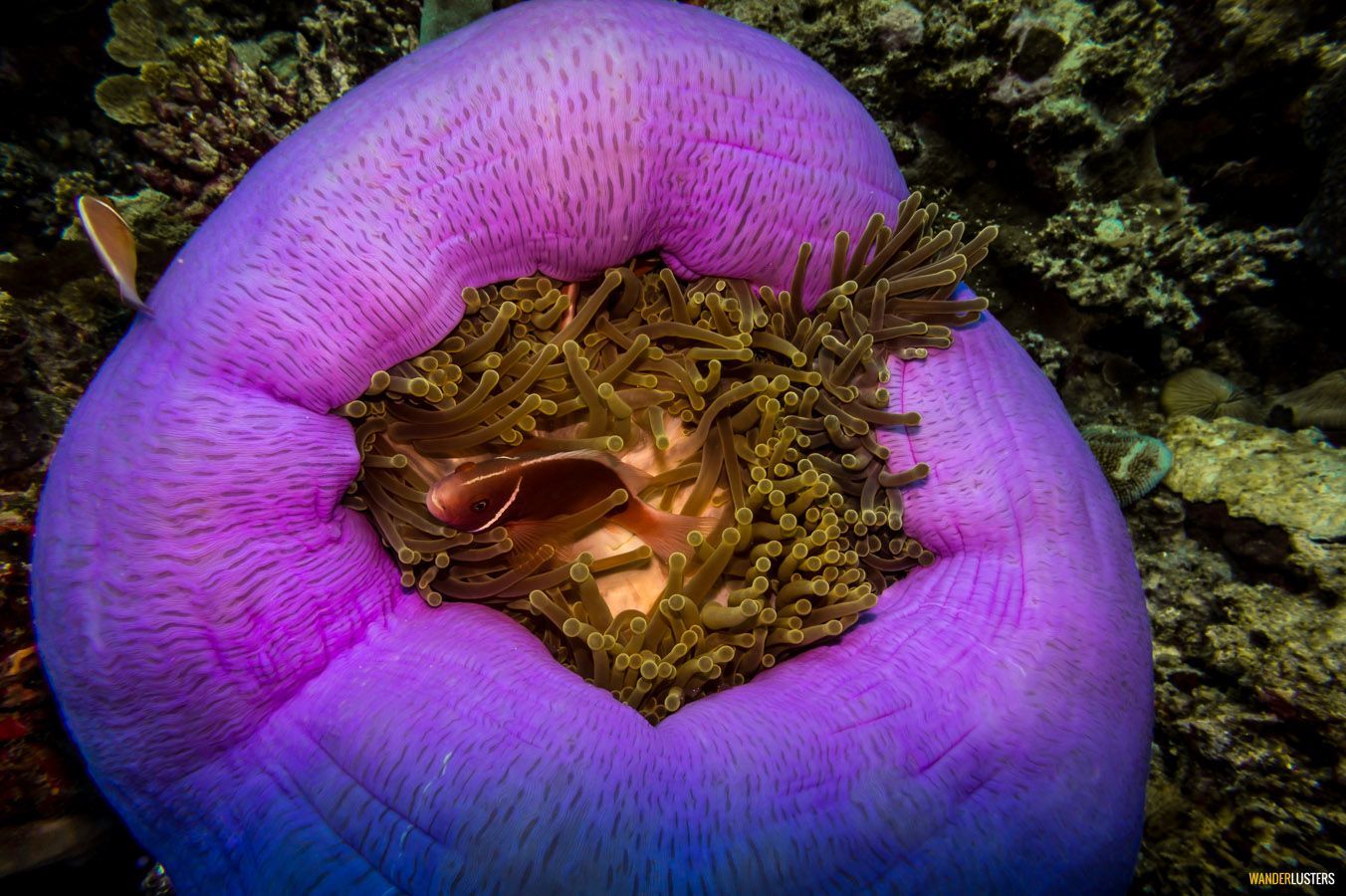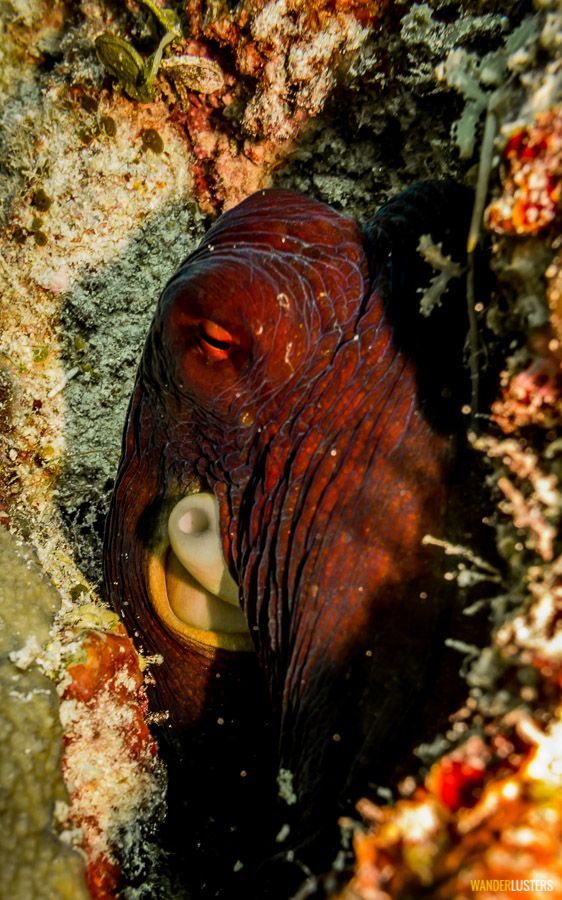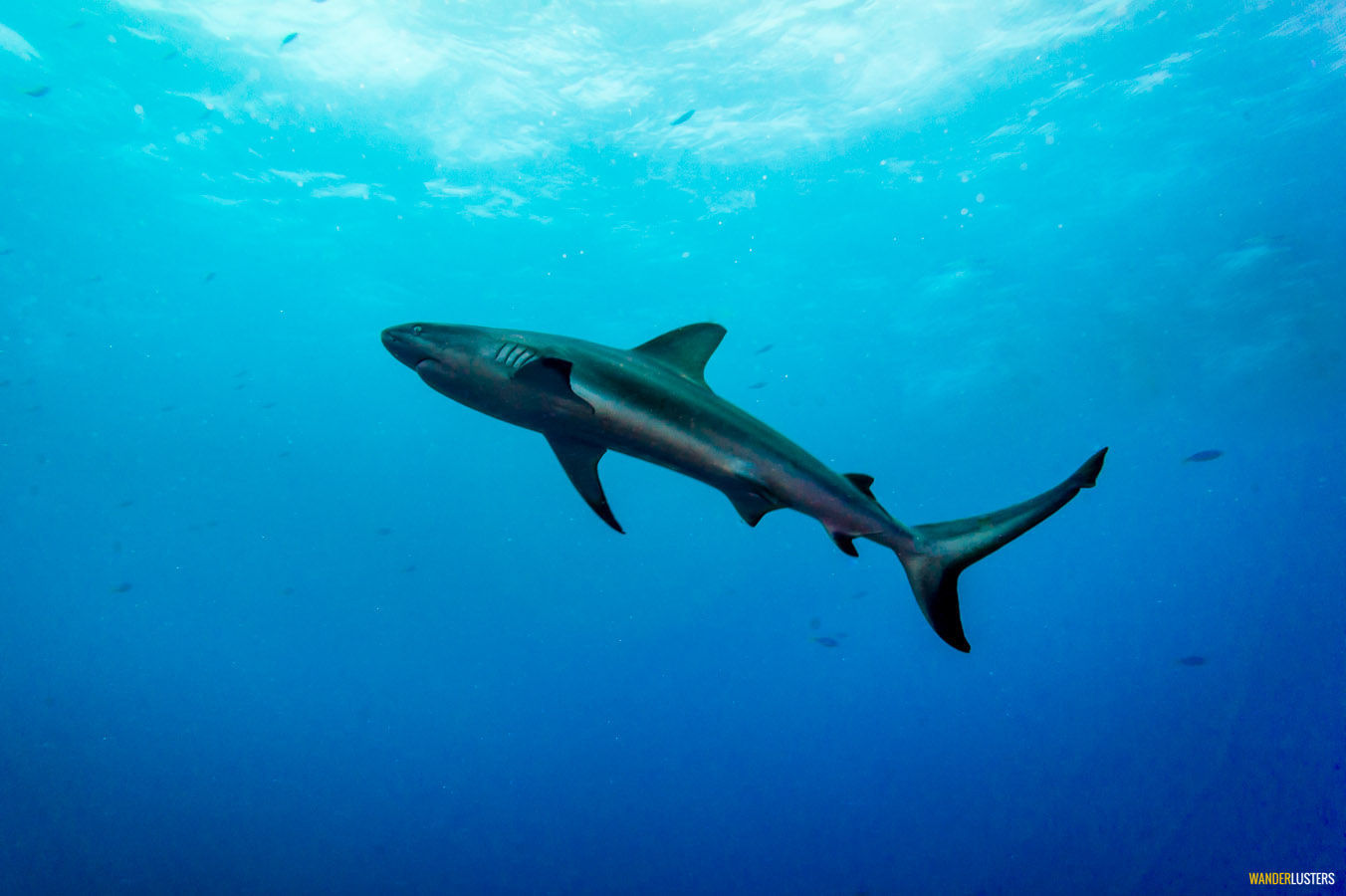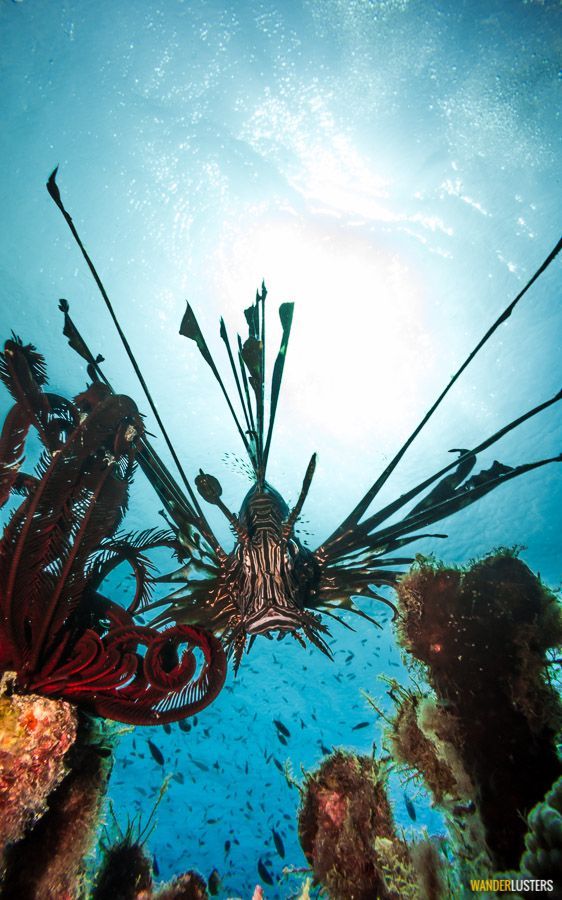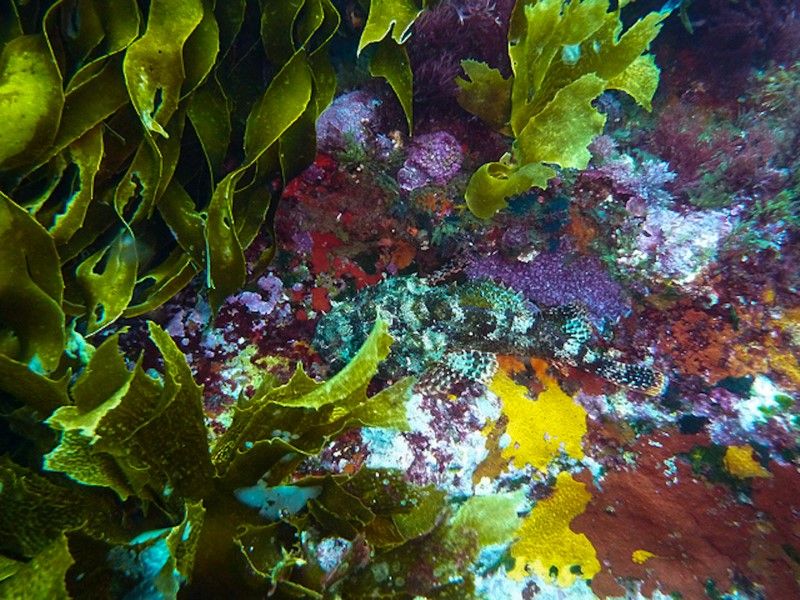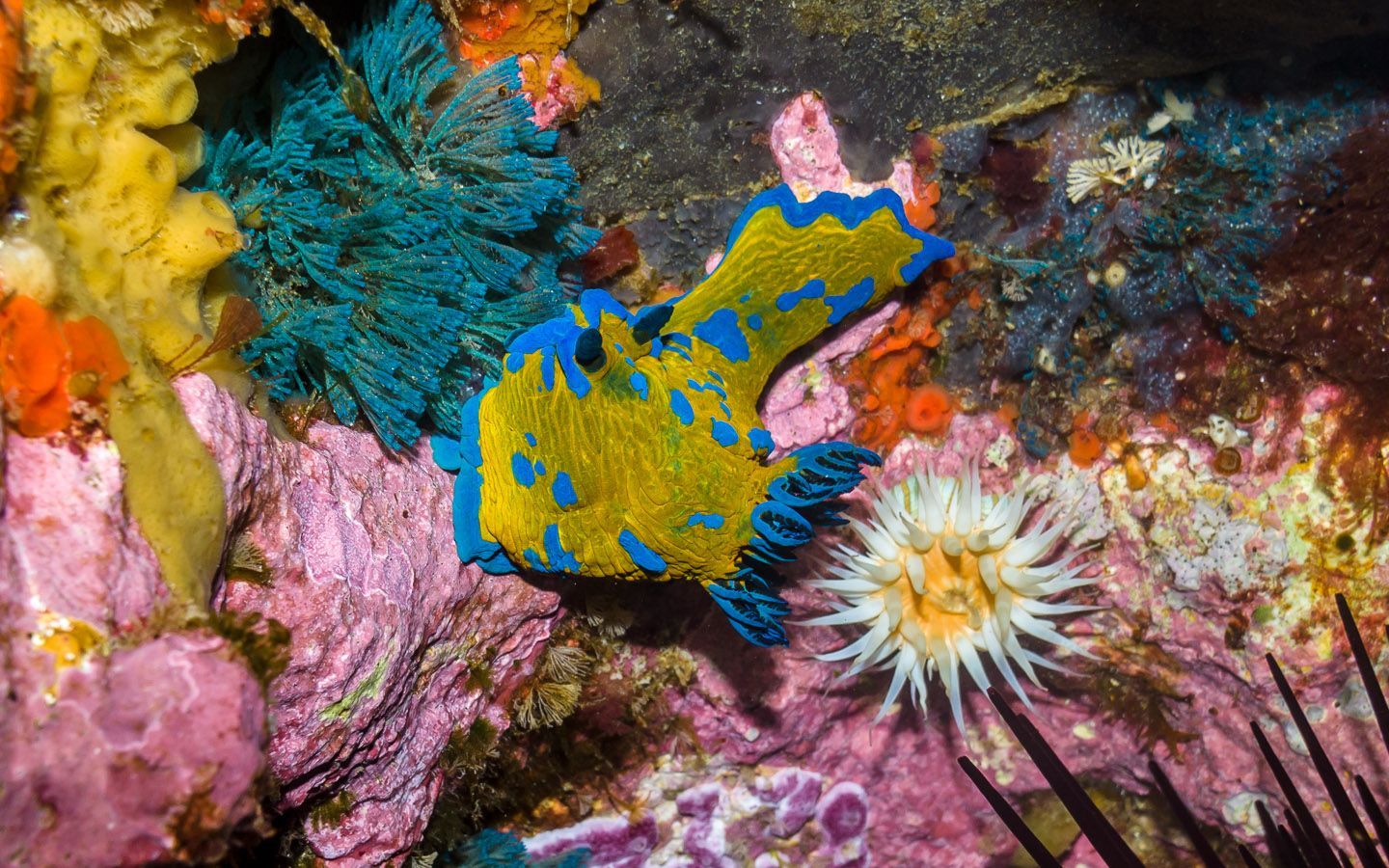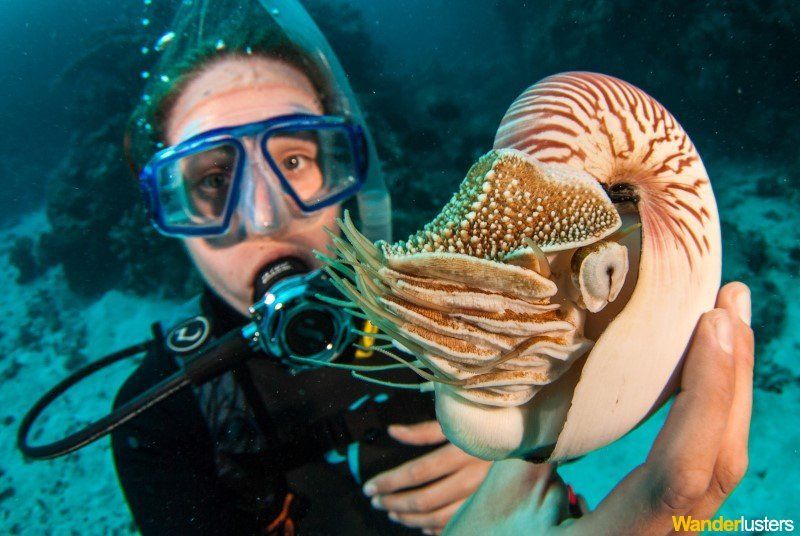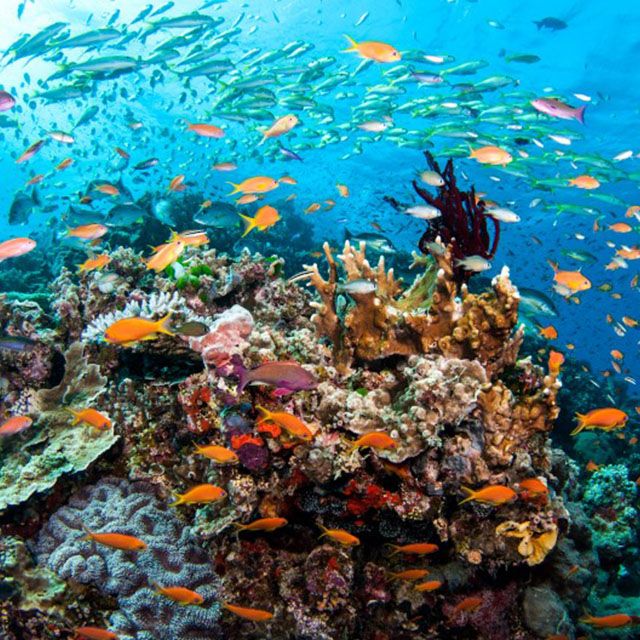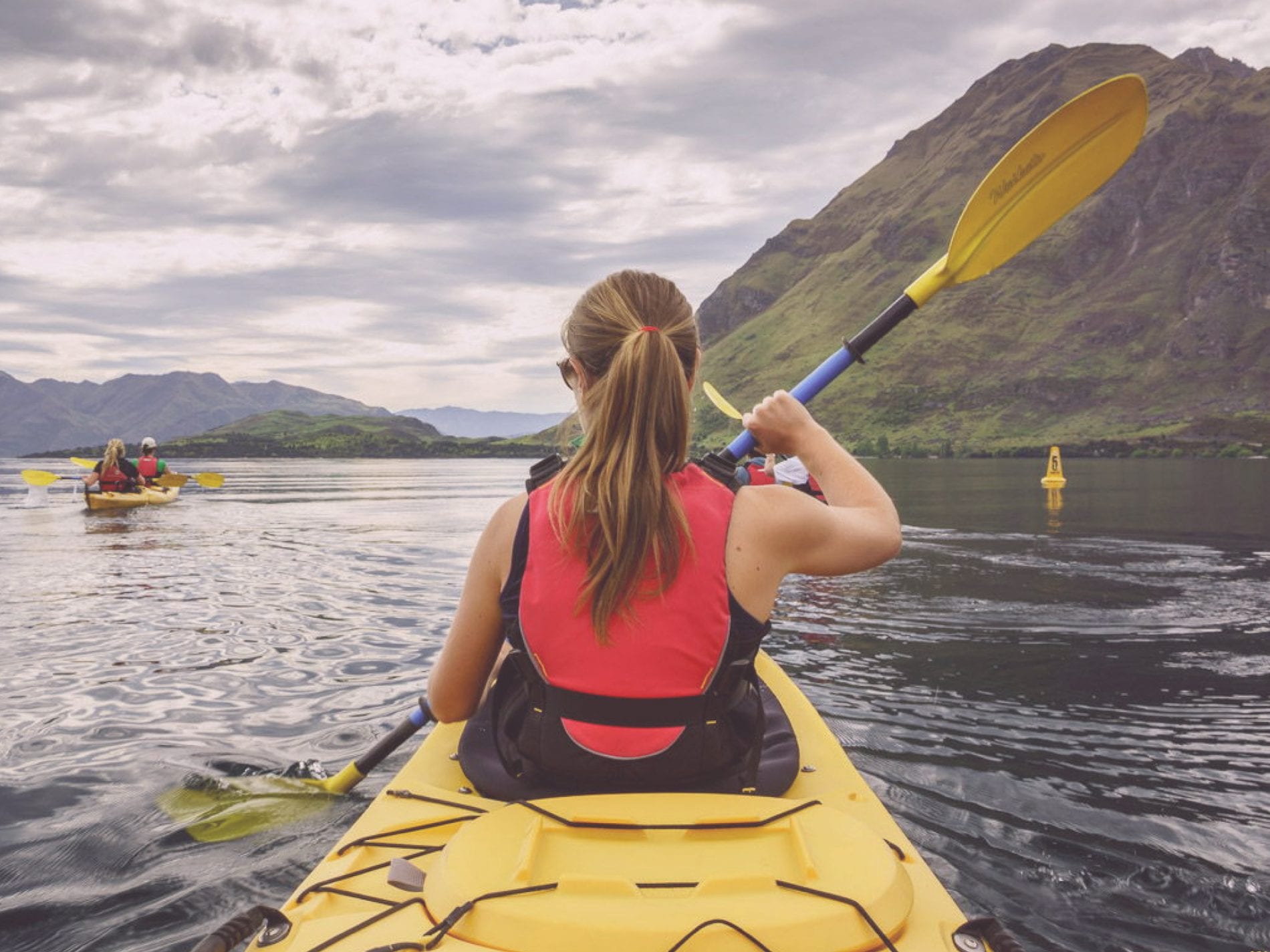Composed of 900 islands and over 2,900 individual reefs the Great Barrier Reef is the world’s largest coral reef system.
Covering an area of approximately 344,400 square kilometres the reef is larger than the Great Wall of China and is the only living thing on the planet that can be seen from space.
Built by billions of tiny organisms, known as coral polyps the reef supports a huge ecosystem that impacts much of the marine life around the globe.
Scientists are discovering new species and beginning to understand just how vital the living reef is to the world as we know it. With climate change and over fishing threatening to alter the balance of life on the reef, the Australian government have stepped in turning much of the area into a Marine Park.
However some fear that lasting damage has already started to affect the surrounding ecosystems.
DIVING THE GREAT BARRIER REEF
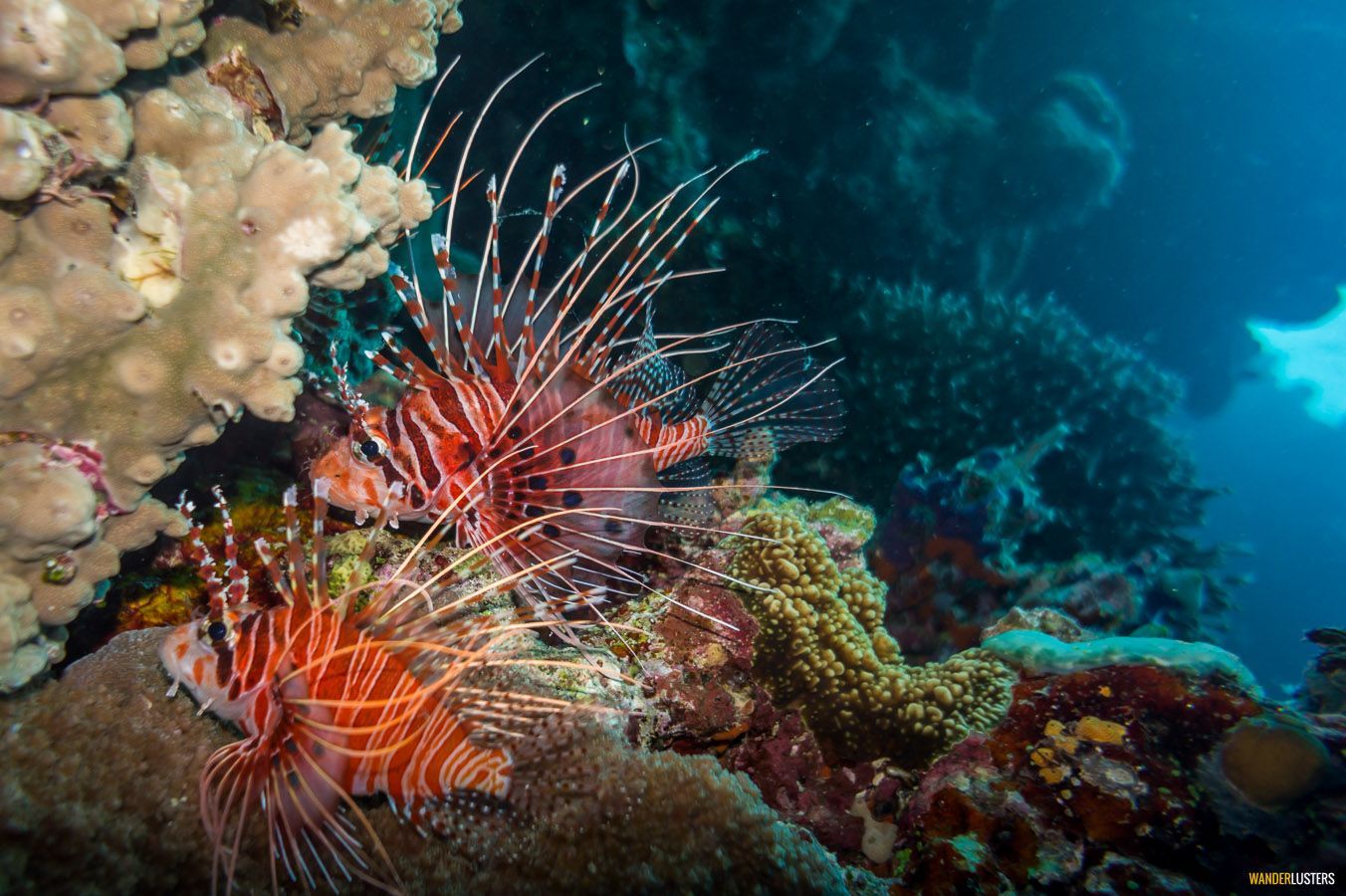
Formed over the past 20,000 years as sea levels steadily rose the coral has gradually invaded the submerged land forming a varied underwater reef landscape.
Supporting a huge diversity of life including many species that are endangered or endemic to the reef the list of inhabitants are endless, thirty species of whales, dolphins, and porpoises have been recorded in the Great Barrier Reef, including the dwarf minke whale, Indo-Pacific humpback dolphin, and the humpback whale.
The larger mammals are drawn to the area by over 1,500 fish species that live on the reef, including the clownfish, red bass, red-throat emperor, and several species of snapper and coral trout.
Large populations of Dugongs inhabit the coast as well as six species of sea turtles and salt water crocodiles. Around 125 species of shark, stingray, skates or chimaera can be found throughout the year feeding on close to 5,000 species of mollusc including the giant clam, various nudibranchs and cone snails.
Forty-nine species of pipefish and nine species of seahorse have been spotted and I’m afraid here is where my statistics must end. I think it is now evident just how incredible this marine environment really is.
MY CORAL SEA SAFARI
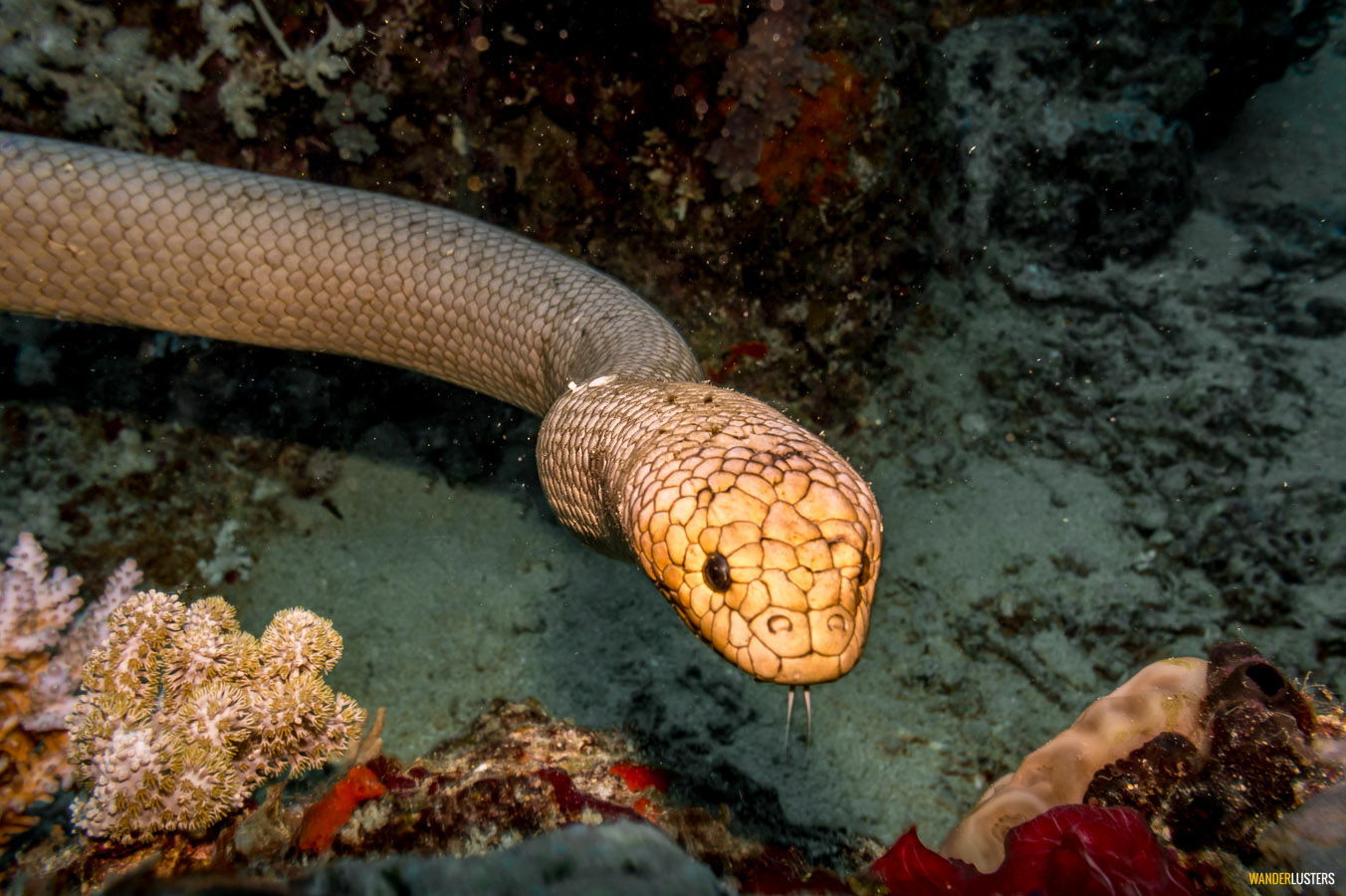
Having spent three months training to achieve a PADI Dive Master qualification during my six month stay in Costa Rica in 2011 I am always keen to put my training to good use and get my head under the water.
After much research into the best live aboard and area of the reef to dive lady luck landed me a volunteering position on the dive deck of Mike Ball’s Coral Sea Safari on the Great Barrier Reef; a 7 day adventure north into the unspoilt Ribbon Reefs, and the out into the Coral Sea to the Osprey and Shark Reefs 85km from the shore.
The opportunity to dive some of the best reefs in the world while gaining dive deck experience on a 5 star live aboard was something I’d been working towards since gaining my qualification.
The trip itself was spectacular, I am having a hard time trying to describe the calibre of diving that I experienced, with visibility upwards of 40 meters, ocean drop off’s, coral caves, swim through’s and bommies on the reef and out in the coral sea it is like nothing I have ever seen.
The first day of the trip takes you to the world famous Cod Hole home to the infamous Potato Cod (Queensland Grouper) where the inhabitants are often larger than your dive buddy, with big beady eyes that watch you with interest the underwater introduction set my heart racing.
From there you head up the Ribbon Reefs and over night to Osprey Reef just over 84km from the shore, waking up on the open ocean you are rewarded for your long journey with gin clear water and incredible underwater scenery.
In areas the reef drops away to over 100m and consequently creatures of the deep often end up taking some time out in the warm shallows, sharks, rays, mantas and innumerable species of fish are all found at each dive site.
OSPREY REEF
The stand out dive for me was the shark feed at North Horn on the Osprey Reef, again my head was screaming at me that being underwater with feeding sharks was probably not conducive to a health and safety party however my inquisitive nature forced me to sign the disclaimer and gear up for the dive.
The trip director gave a confident and thorough dive brief detailing the feeding procedure and assured us that no one had been attacked in the history of the companies operation, a somewhat comforting thought.
As we drifted down through the blue water we saw a huge school of bump head parrot fish cruising along the outer wall of the reef and as we neared the feeding area the dark shadows circling below came closer.
DIVING WITH SHARKS
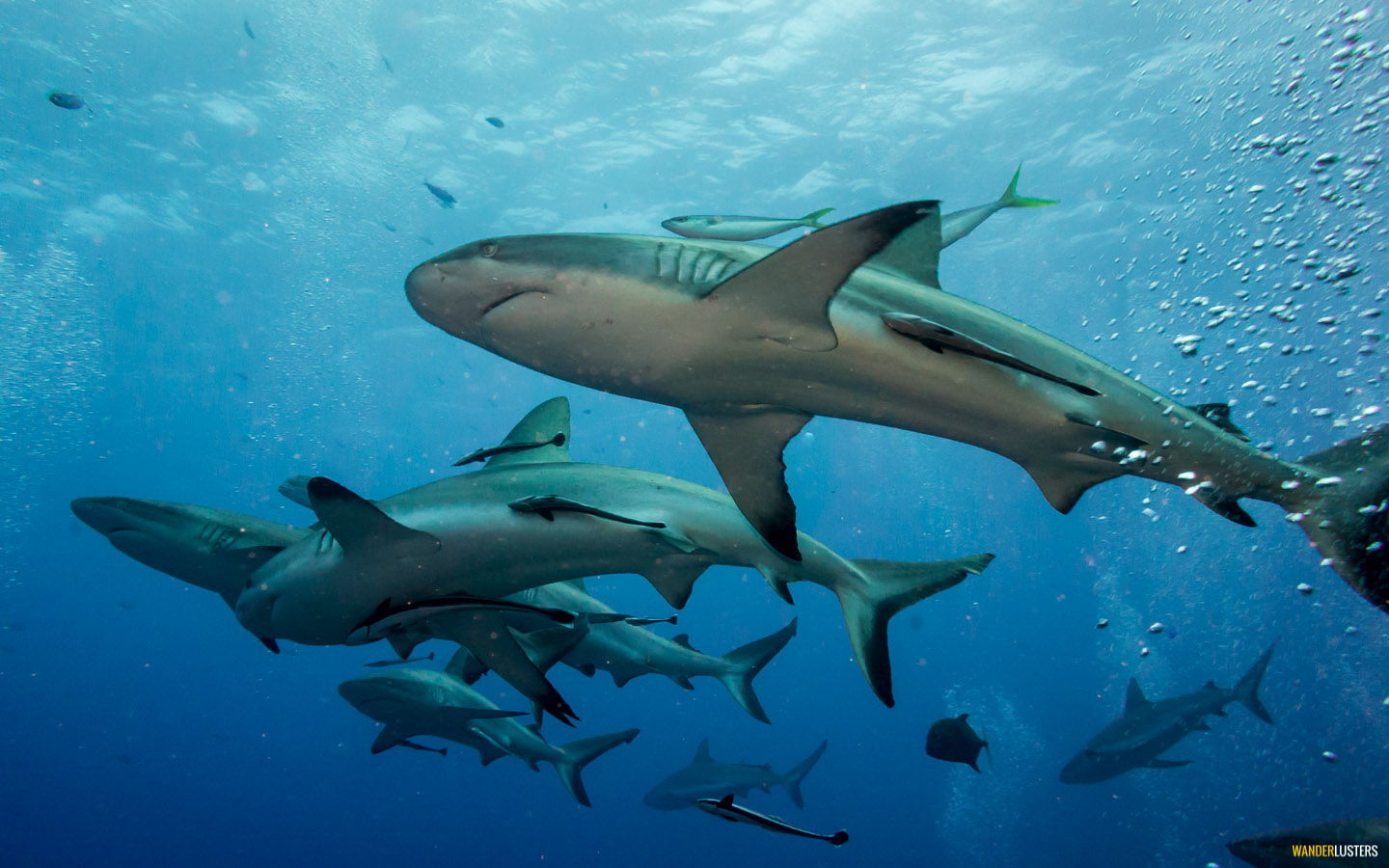
Perched on a ledge at about 15m those brave enough to dive are rewarded with an incredible glimpse into the nature of one of the worlds great predators, white, black and silver tip reef sharks swarmed the area eager for their feed.
As the trip director checks to see that all the divers are calm and comfortable the feeder full of tuna heads is lowered from the boat above and the sharks frenzy around it, the feed that is attached to a chain and buoy is then released sending the sharks into a heated flurry.
They tear and swirl around the food in such a mesmerising fashion that your mind simply stops computing the nature of the situation and watches in awe.
I was surprised to see a gigantic potato cod attempting to join in the feed, it was almost comical to see a fish, however large, compete with the reef sharks for a morsel of tuna.
DIVING 150KM FROM THE COAST OF AUSTRALIA
The rest of the dive sites out at Osprey did not disappoint, descending to around 35m one morning we were treated to unbelievable visibility of 55m+ and watched two eagle rays float effortlessly along the reef wall.
The wealth of life both coral and fish is just incredible, we saw innumerable species of brightly coloured fish, eels, rays and sharks as well as beautiful macro life such a hermit crabs, pipefish and insanely coloured nudibranchs. With the sunlight beaming down through the water it was almost as though the reef had been freshly painted for our arrival.
Back within the relatively calm waters of the Barrier Reef we were treated to some incredible sights along the Ribbon Reefs, Pixie Gardens, Snake Pit and out at Steve’s Bommie. Again I fear words just wont measure up to the stunning images that Ben captured on his underwater camera, so I shall simply submerge you in the visual delights of the Great Barrier Reef.
✈ ✈ ✈
Have you seen the diverse inhabitants of the Great Barrier Reef up close? We’d love for you to share your experiences with me below.

